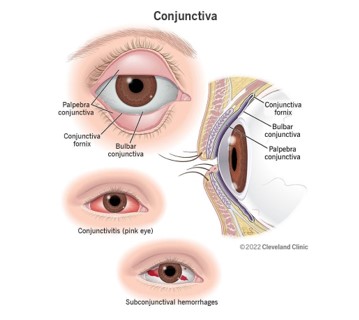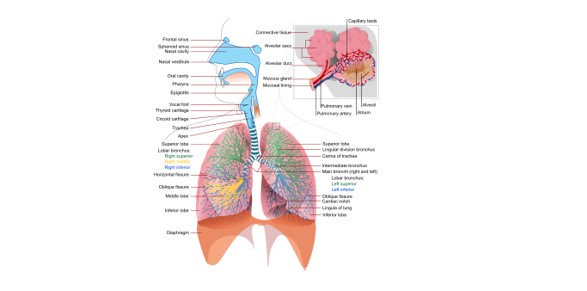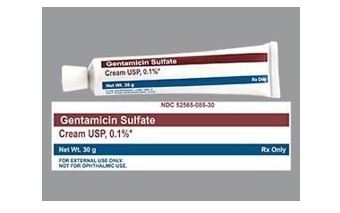A nurse is administering timolol eye drops to a client who has glaucoma. Which of the following actions should the nurse take?
Protect the distal portion of the eyedropper using clean technique.
Wipe the eye from the outer canthus to the inner canthus before instillation.
Apply pressure to the bridge of the nose after administration.
Drop prescribed amount of medication into the conjunctival sac.
The Correct Answer is D
A. Sterile technique should ideally be used when handling the distal portion of the eyedropper to prevent introducing pathogens into the eye, as the eye is a sensitive area susceptible to infection.
B. When cleaning the eye, it is recommended to wipe from the inner canthus to the outer canthus to avoid bringing contaminants from the outer area closer to the tear duct, which reduces the risk of infection.
C. Applying pressure to the bridge of the nose is ineffective for preventing systemic absorption of the medication. Instead, pressure should be applied to the inner canthus (the nasolacrimal duct area) for about 1-2 minutes after instillation.
D. The correct technique for administering eye drops involves placing the prescribed number of drops into the conjunctival sac, not directly onto the cornea, as this can cause irritation and discomfort. Administering drops into the conjunctival sac allows for better absorption of the medication.

Nursing Test Bank
Naxlex Comprehensive Predictor Exams
Related Questions
Correct Answer is A
Explanation
Neuromuscular-blocking agents paralyze the muscles, including the respiratory muscles. Therefore, it is crucial to ensure that the patient maintains a patent airway and is able to breathe effectively. The nurse should monitor the patient's respiratory rate, depth, and effort, as well as assess for signs of airway obstruction, such as stridor or wheezing.
Skin assessment for rash (option b), blood pressure assessment for orthostatic hypotension (option c), and assessment for fluid volume overload (option d) may also be important assessments for the nurse to obtain, but they are not the most critical assessments when a patient is being treated with a neuromuscular-blocking agent.

Correct Answer is A
Explanation
According to Mayo Clinic, before applying gentamicin topical cream, one should wash the affected area with soap and water and dry thoroughly. Then apply a small amount to the affected area and rub in gently.

Whether you are a student looking to ace your exams or a practicing nurse seeking to enhance your expertise , our nursing education contents will empower you with the confidence and competence to make a difference in the lives of patients and become a respected leader in the healthcare field.
Visit Naxlex, invest in your future and unlock endless possibilities with our unparalleled nursing education contents today
Report Wrong Answer on the Current Question
Do you disagree with the answer? If yes, what is your expected answer? Explain.
Kindly be descriptive with the issue you are facing.
